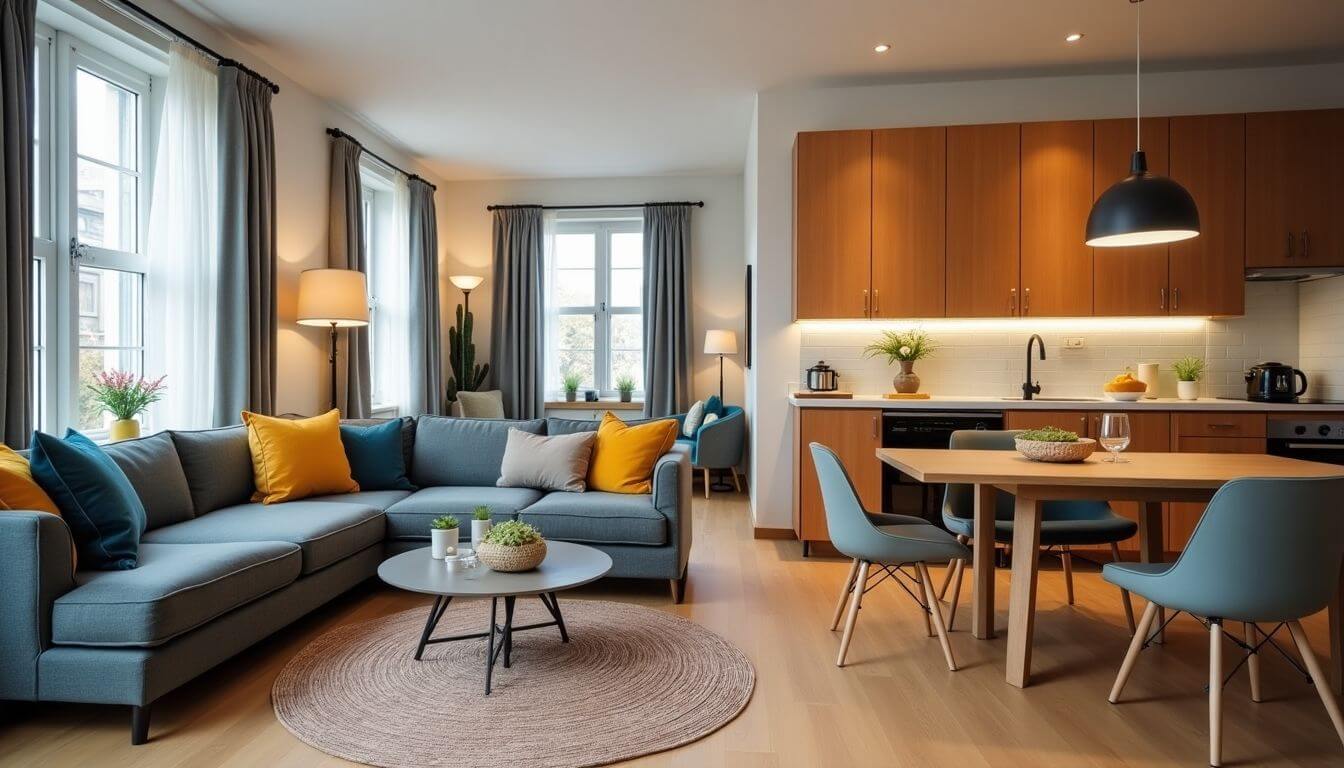Rental investment: focus on the Pinel system

Introduced by the 2015 Finance Law, the Pinel system (named after the former Minister of Housing Sylvia Pinel) allows - as part of a rental investment and under conditions - to benefit from a reduction in income tax. But what exactly do we need to know about this system, which is renewed until 2021? Characteristics, conditions... Here is an article that will help you see more clearly.
The characteristics of the Pinel device
It was in 2015 that article 5 of the Finance Law introduced a new rental investment system. Commonly called the “Pinel device” or even the “Pinel law”, it replaces the Duflot system (established by Cécile Duflot). With the latter as with the Scellier Act, the tax reduction ranged from 13 to 18%. With the Pinel law, it can reach 21% of the total amount of the investment (i.e. up to a maximum of 63,000 euros). The Pinel system allows investors to choose their commitment period, but also to rent to their ascendants/descendants if they are not part of their fiscal household and if the rent ceilings as well as those of the tenant's resources are respected. The initial rental period for which the owner agrees is 6 or 9 years and can be extended to 12 years. The Pinel system also concerns investments made via a civil real estate investment company (SCPI) .Do you want to benefit from the Pinel system? You must then comply with various reporting obligations. In particular, you must complete a rental agreement (form 2044-EB). You must also complete form 2042-C (supplementary return) in addition to your annual tax return.
Pinel device: the different conditions you need to know
To be able to benefit from the Pinel device, various conditions must be met. These are in particular linked to housing, but also to the area where it is located.
Housing conditions
If certain characteristics are lacking in your home, you will not be able to benefit from the tax advantages of the Pinel system. The accommodation in question must therefore: be renovated or new; be acquired in the future state of completion; benefit from the BBC 2005 label or comply with the RT 2012 thermal regulations; be finished within 30 months following the Construction Opening Declaration; be rented within a period of one year (12 months) after handing over the keys.
The conditions linked to the rental
Regarding the rental, various rules must also be respected. Therefore, the commitment period should be 6, 9, or 12 years. It must be a rental as a main residence (seasonal rentals are therefore not affected). In addition, the property must be rented unfurnished. Finally, the rents must be defined according to the zones established by the Pinel system.
Investment conditions
The Pinel system also imposes financial conditions. So, if you want to buy a new property to rent it out, here's what you need to know: The amount of your investment should not be more than 300,000 euros; Your investment must be a maximum of 5,500 euros per square meter; You can only make two investments per year and within the limit of the 300,000 euros mentioned above; You cannot ask for the tax reduction to be postponed from one year to another; This Finally, tax reduction is included in the ceiling of tax niches limited to 10,000 euros per year and per household.
The conditions linked to the zones
As mentioned above, the area where the rented accommodation is located occurs under the conditions to be respected in order to benefit from the Pinel system. Thus, in the initial version of the Pinel system: The A Bis zone which includes Paris as well as more than 70 municipalities (Yvelines, Seine-St-Denis...); Zone A which includes the agglomeration of Paris (including zone A Bis), the Côte d'Azur, the French part of the Geneva agglomeration, but also some agglomerations/municipalities where rents and housing prices are very high; In zone B1, where there are some large agglomerations or cities where rents and housing prices are high. It also includes a part of the greater Paris suburbs not located in zone A Bis or A, some so-called “expensive” municipalities and overseas departments; Zone B2, which includes municipalities with 50,000 to 250,000 inhabitants; Zone C, which includes all the rest of the territory. Attention however, if the article of the 2018 finance law extends the system until 2021, this almost only concerns the first three zones (A Bis, A and B1). Acquisitions only “having been the subject of a building permit application before December 31, 2017 and completed no later than December 31, 2018” located in zones B2 and C can make it possible to benefit from the Pinel rental investment system if and only if all the other requirements are met. Note: “A/B/C zoning was created in 2003 as part of the rental investment scheme known as “Robien”. It has since been revised in 2006, 2009 and 2014. The criterion for ranking in one of the zones is the tension of the local real estate market.”.
Do you want to know more about the Pinel device? Do not hesitate to consult the site dedicated to the latter. Various information and other simulations await you there.







.jpeg)
